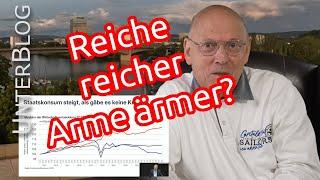| When and where the next avalanche will happen is hard to predict. In a special cold laboratory in Davos, researchers simulate the effects of wind on fresh snow to better understand the mechanisms that trigger avalanches. For centuries, avalanches have posed a threat to mountain farmers and their livestock. With the development of winter tourism, roads, railways and hydropower plants, the interest in avalanche research and protective measures has grown. The origins of the WSL Institute for Snow and Avalanche Research SLF date back to 1936, when a small group of researchers moved into a snow lab on the Weissfluhjoch summit above Davos. Today the institute monitors the conditions of avalanches throughout Switzerland, investigates the effects of climate change on snow cover and operates the national avalanche warning service. Researchers at the SLF study how snow is built up and how it changes under various conditions, how avalanches occur and how they move over terrain. In this episode of "Exploring science in Davos" we take you inside the institute’s cold chambers. --- swissinfo.ch is the international branch of the Swiss Broadcasting Corporation (SBC). Its role is to report on Switzerland and to provide a Swiss perspective on international events. For more articles, interviews and videos visit swissinfo.ch or subscribe to our YouTube channel: Website: http://www.swissinfo.ch Channel: http://www.youtube.com/swissinfovideos Subscribe: http://www.youtube.com/subscription_center?add_user=swissinfovideos |
Tags: Featured






































1 pings